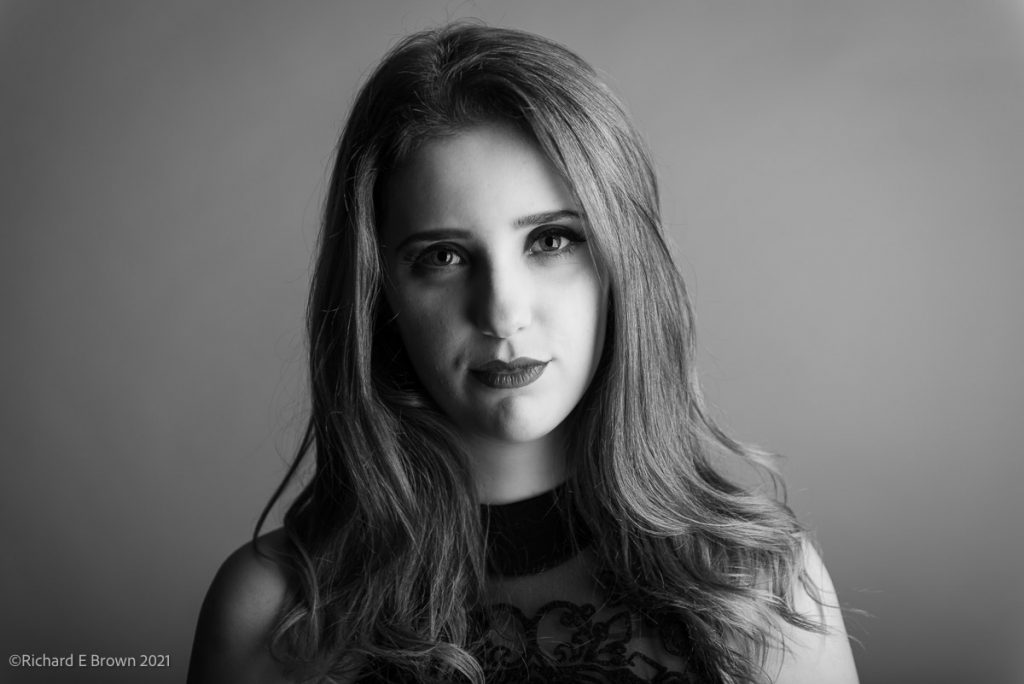
Nikon D800
Nikkor 24-70mm f/2.8
70mm, 1/200 Sec at f/2.8, ISO100
Post Processed in Adobe Lightroom Classic V11
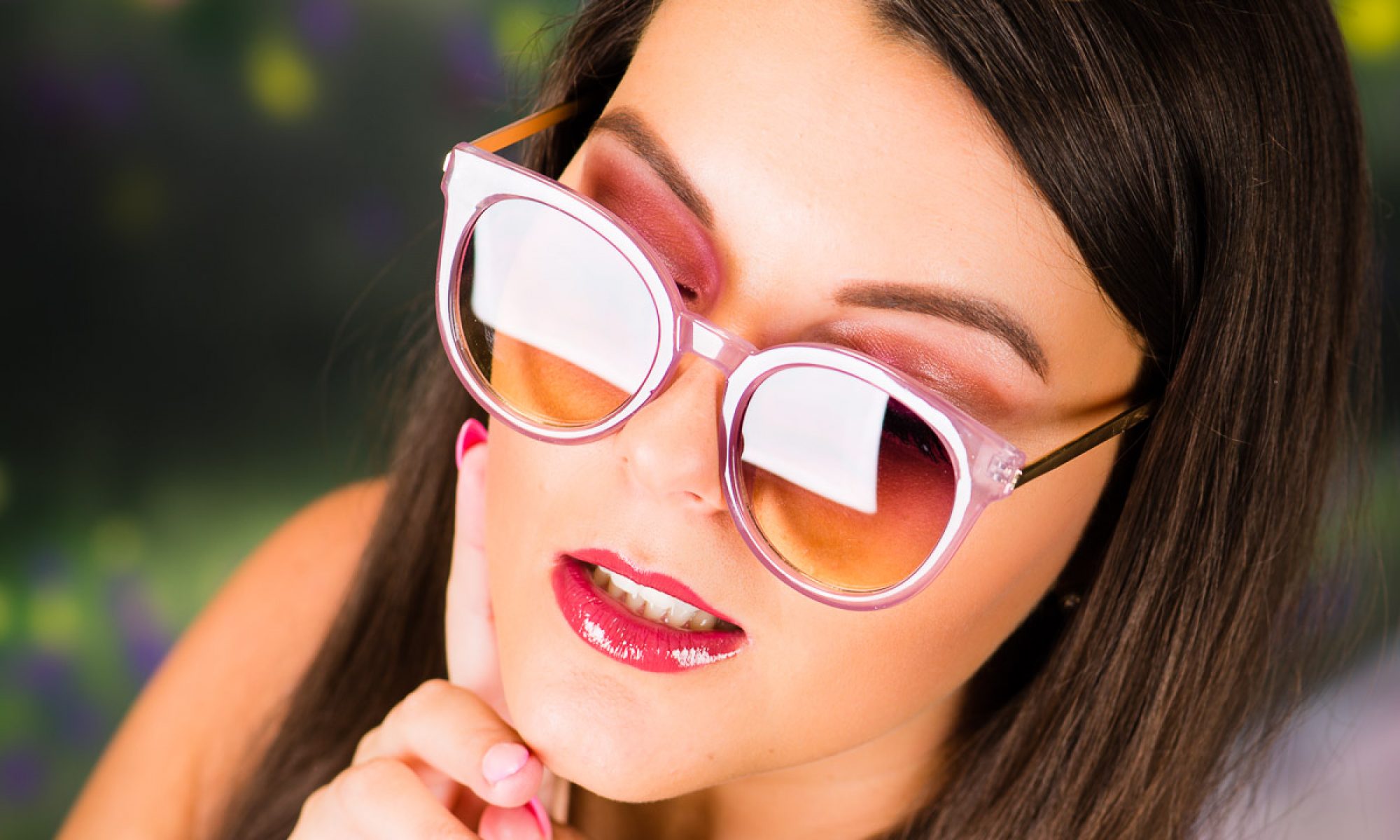
Family, Photography and other misc news

Nikon D800
Nikkor 24-70mm f/2.8
70mm, 1/200 Sec at f/2.8, ISO100
Post Processed in Adobe Lightroom Classic V11

Nikon are doing well building out there Z system glass, we now have the three key f/2.8 zooms they are famous for; the 14-24mm f/2.8, the 24-70mm f/2.8, and the 70-200mm f/2.8. These three lens are as good as they get.
They are also building out an f/4 range which is actually more interesting to me. Smaller glass with the Z system appeals. Would like to see a 70-200mm f/4 but its not yet on the roadmap.
They recently released some much need micro glass and I would like to see some tilt and shift and selective focus which would complete the speciality glass. It seems now the concentration is on longer glass with a rumoured 400mm coming soon. Personally if I was getting the Z system I would be waiting for a 85mm f/1.2 but knowing how good the f/1.8 is it would be a toss up.
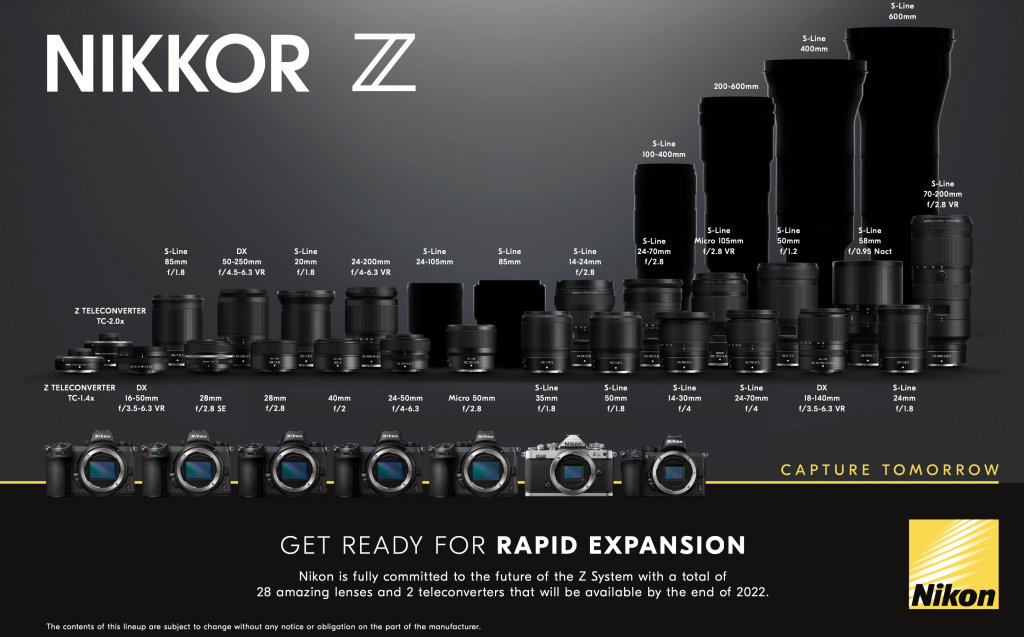
Canon with their R system, took the route of releasing the pro f/1.2 prime lens first. Nikon have been releasing pro f/1.8, are now releasing pro f/1.2 but are also now starting to release a budget range of pretty good lens. The new f/2.8 28mm and f/2 40mm are the first in this new range. Coming in at £250, there decent lens a good prices. So we will soon have three options depending on your price point.
Of the over three thousand photographs I have taken so far this year the majority have been either on location or in the studio.
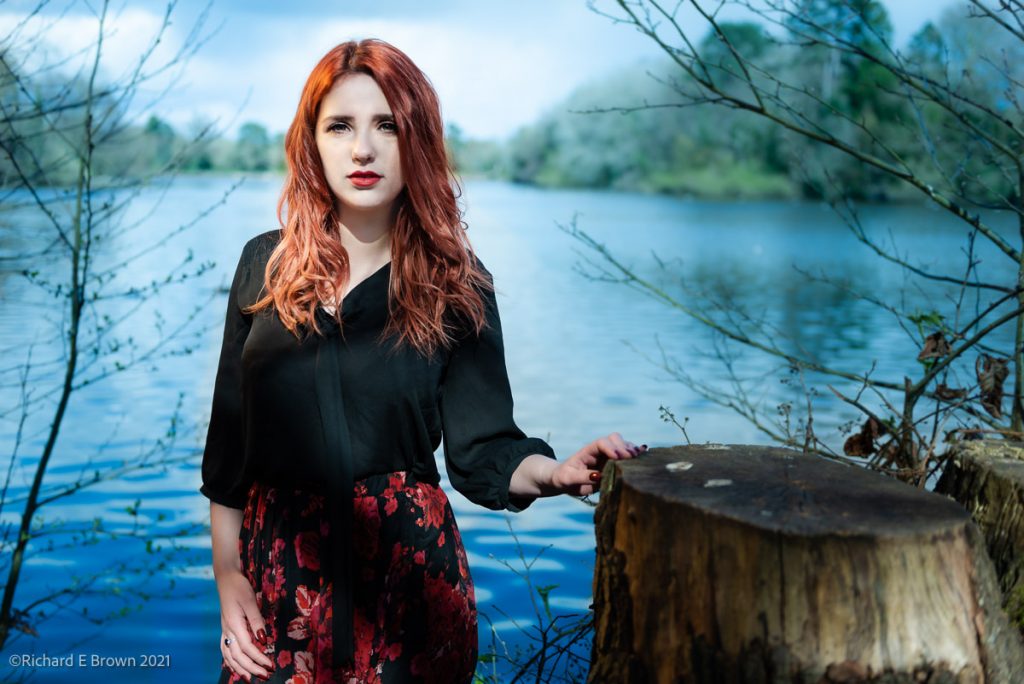
If shooting street or simple portraits I use my Leica which is still well up to the job, for studio and location work I am using my now old Nikon D800 and Hasselblad with film or its old PhaseOne digital back.
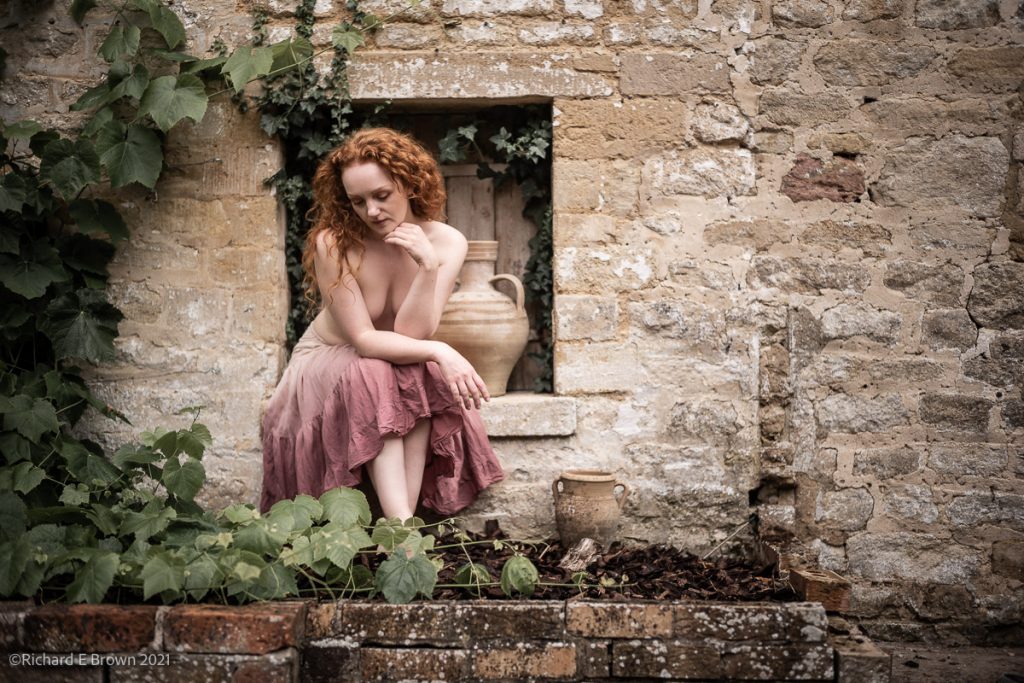
So its getting to the point where I need to choose a new body for my studio work. So I’ll be looking again at high end system cameras which will suit the way I work. Leica, Nikon and Hasselblad are likely to be at the top of my list. The pull of high tech features and compatibility will all my portable flash and lens of the Nikon will be a major factor, but the colour depth and editing ability of the images from medium format is also well up there. Then there is the glass of Leica and the ability to also use my M glass.
I feel more posts on the current range of system cameras coming along.
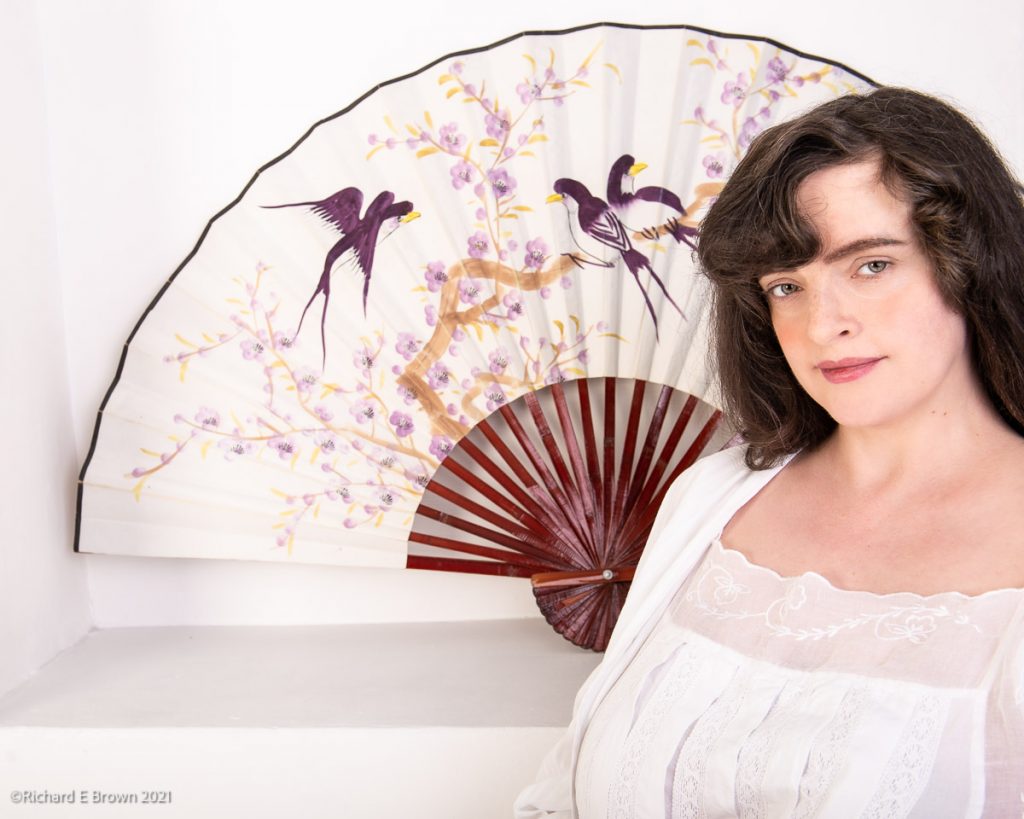
Broncolor, Profoto, even Elinchrom, get a kicking over their prices.
Mid-priced gear like Bowen’s, Godox, or some unknown Chinese brand is the way to go for many people. For the price of a Profoto D2 studio head you can buy four of the cheaper heads.
Some of the cheaper flash is built to a high standard and many photographers are quite happy with their choices, so why do the majority of professional photographers and photography rental houses, use and rent the more expensive gear.
One of the big things that I have struggled with in the past and mentioned on my blog before is colour consistency. The higher end gear tends to have better colour consistency so not having to edit the colour temp of every image you shoot. With the more budget flash heads, the colour temperature drifts during the photo shoot.
Something not talked about much is flash sync speed. Most high end cameras will sync at 1/200 second, medium format cameras even higher. The problem is flash duration, lower cost flash can often not sync correctly at very high or very low power.
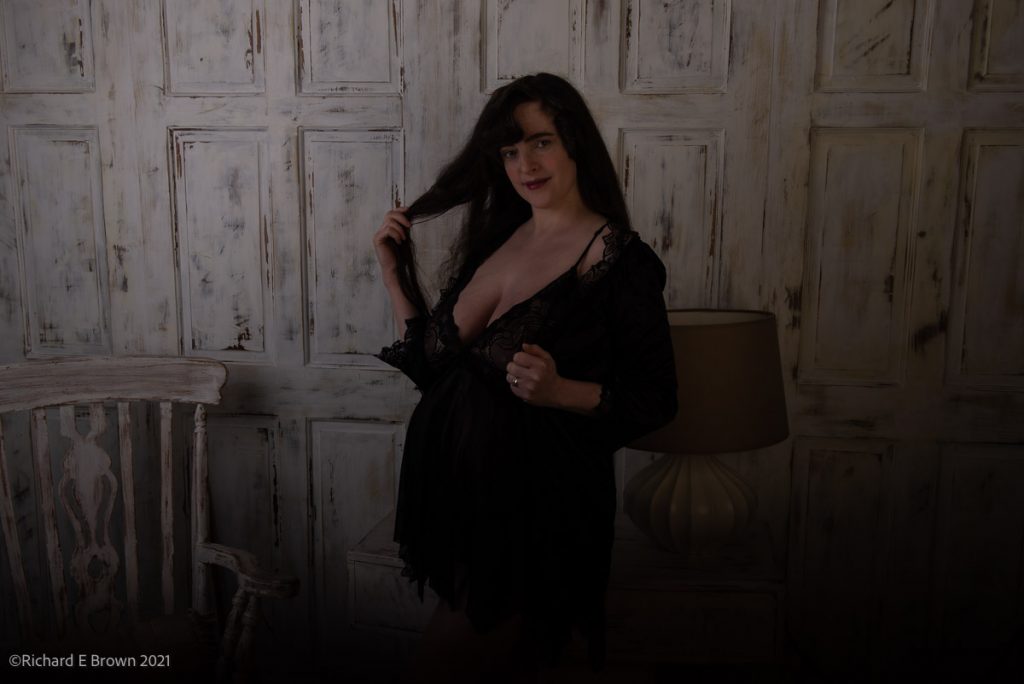
In April as the studio’s reopened I had a maternity shoot. For the early shots I played it safe, shooting at f/8 flat easy lighting, lower cost flash heads at around 70%. I then started to setup something a little more challenging, shooting wide open with fast glass, getting the background to go out of focus and more dreamy. As I started to get ready I noticed I was getting the shutter appear in test pictures as can be seen above, it was only when I dropped the shutter speed of the camera down to 1/60 second or lower that it would sync correctly with the flash. This is not good if your working in a studio with bright window lights or over head lighting that can cause colour and light contamination of your shots.
Lastly radio triggers. Most triggers work on the 2.4 Ghz range. The cheaper models tend to all use the same band in this range that is free to use; the more expensive triggers will use less popular ranges and they have to pay higher licensing fees to use these bands. Some aircraft services utilise part of the 2.4 Ghz range and they pay very high fees to get exclusive use of this range. Flash companies like Broncolor and Profoto also pay very high licensing fees for exclusive use of a part of this frequency range. For every Profoto flash and trigger sold part of that cash is to buy the license for the exclusive use of the 2.4 Ghz range they use. This has to be licensed on a per country bases for every flash head. That is why the cheaper flash systems get miss-fires and you loose shots while the higher end flash seems more reliable, they have less interference.
So the question is can you afford the extra editing if your shoot is colour critical, and can you afford to have miss fires and miss shots. For a commercial photographer where time is money that question is no. For others it may not matter and there are lots of budget flash systems available to them.
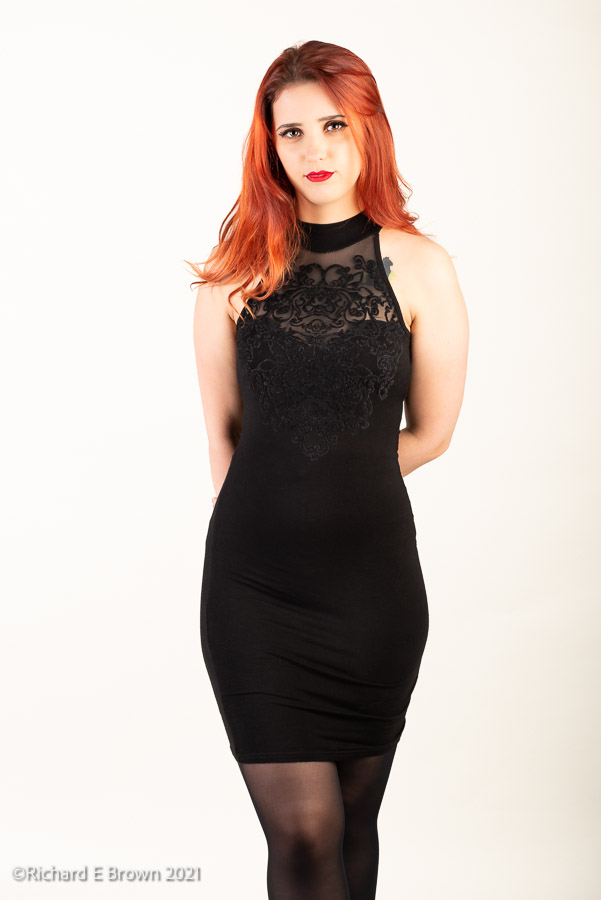
In the studio I like to use tethering, it gives the models and if the customer or art director is present confidence as they see the results come in.
With the first few shots it is getting the lights in the right positions and the exposure right. For this recent fashion shoot with Sophie, it was a simple background and two lights with soft boxes each side. Once the lighting was right I gave the test images a good look round. The studio we were working in had Bowens lights, I had set the camera its flash sync of 1/250. Generally most high end flash gear will cope well, the mid range flash often has difficulty syncing above 1/200, and the cheaper gear often does not sync above 1/125. Most people do not worry about this any more with modern flash and cameras doing HSS, but HSS heads are still few and far between in most studios.

I soon spotted the familiar black bar of sync failure, so dropped my camera to 1/200 and the shots were clean. Once the lights are set how I like, for the first set f/8, I took a white balance reading from my target.
With the lights setup, exposure and white balance all set, I then set Lightroom to apply these consistently to all future shots.
If your seriously into tethered capture, then the camera manufactures often have their own tethering software which generally works well. The software CaptureOne is possibly the best tethering software available. These software packages are designed for tether capture and work fast and efficiently. Lightroom is several applications in one. Its a DAM (digital asset management) with its database making it easy to find photographs if you keep up with the meta data and keyboarding. The develop module which is basically a nice GUI around Adobe Camera RAW. Then the print module; Photoshop has always been very complex to print from. The print module in Lightroom with its profile support and custom presets you can setup, makes it one of the best places to print from. So Lightroom is quite a beast with lots of useful modules. It is into this tethering has also been added. It started off as a watch folder. You created a folder and set Lightroom to ‘watch’; you then used other software to get your images from the camera to this folder, once an image appeared it would be auto imported into Lightroom.
We now have real tethering in the last several versions, it has always been slow and buggy, and would drop the connection losing you a shot at least once during a shoot.
So how was the new Lightroom v11. Well its still slow, but it is useable, and I was pleased that it did not drop the connection or fail at all during the three hour shoot. So if you have Lightroom it is a option. I’ll test it some more, but it is working much better then previous versions.

As for the shoot, it went well and we got some great shots. Thanks to Sophie for her hard work and our two assistants on the day.

Today on the UK Website the new v1.0.0 NX Tether is available for free download. Yep its free, supports Mac OS and Windows. Currently on the Z range of cameras and the flagship D7 and D780, but no D850 or my D800 mentioned.
Nice to see, I think most people who tether use CaptureOne, but its nice to have options. I struggle along with Lightroom, I’ll be testing the new Lightroom V11 next week. It works but its slow compared to CaptureOne.
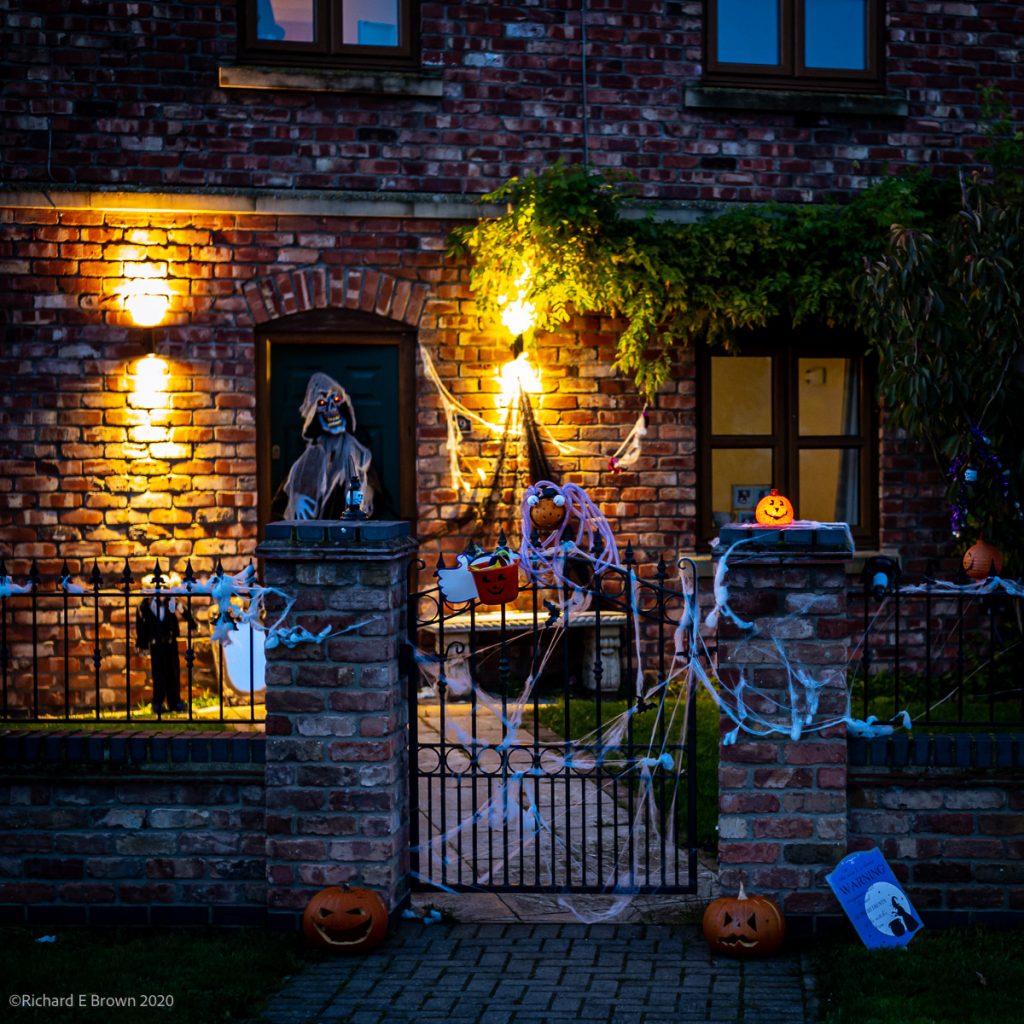
With the release of the Nikon Z9 the trolls are out in force with some very misleading claims.
Lets get this out of the way, the Sony A1 is an excellent camera.
The Canon R5 and R3 are excellent cameras.
The New Nikon Z9 is an excellent camera.
If a particular camera fits a use case for you and solves problems the others cannot then buy that camera, and maybe acknowledge that others may shoot differently, have different use cases and different problems to solve.
So what is right for one person may not be the right choice for others.
You love your camera and support your brand, fine, just let the rest of us enjoy our choices too.